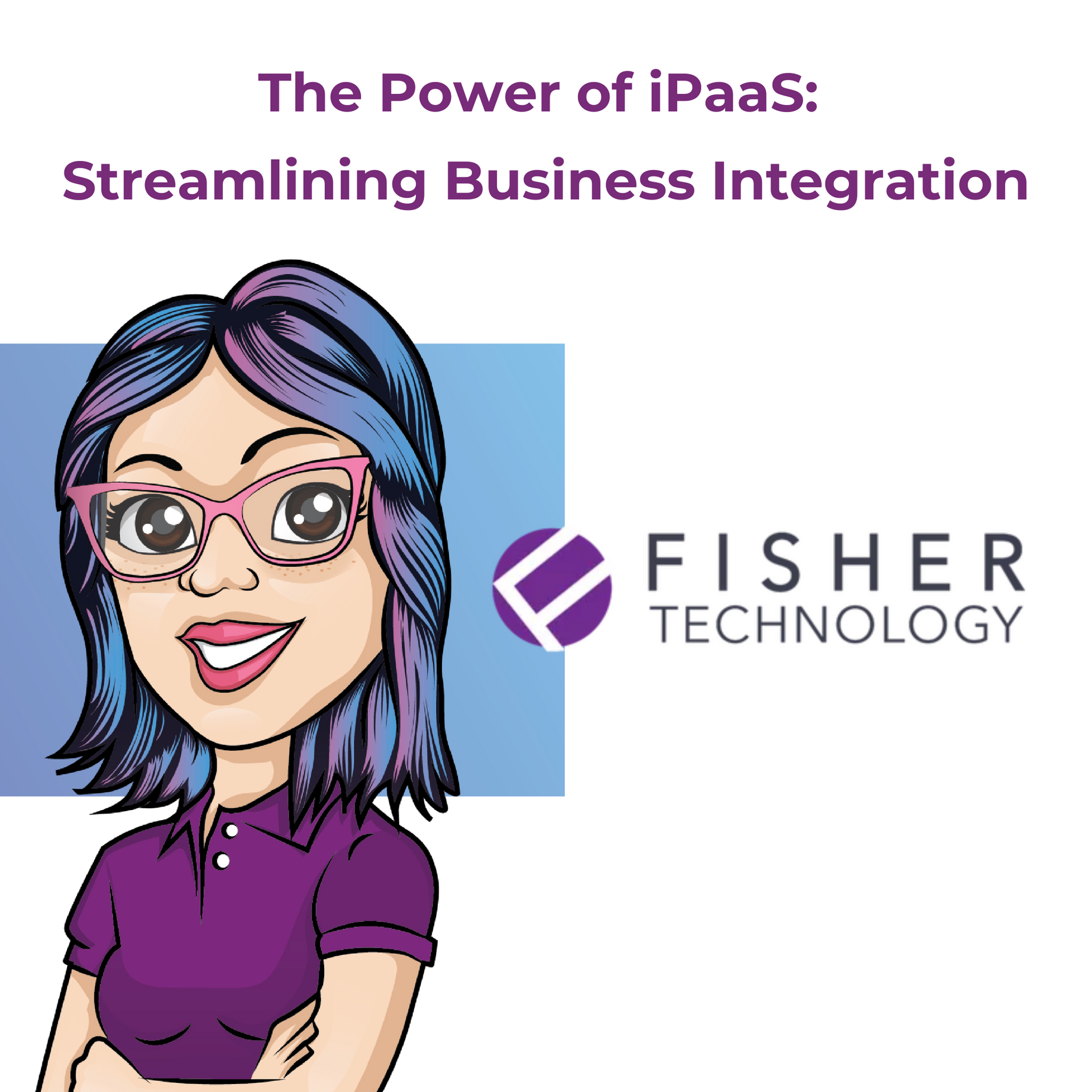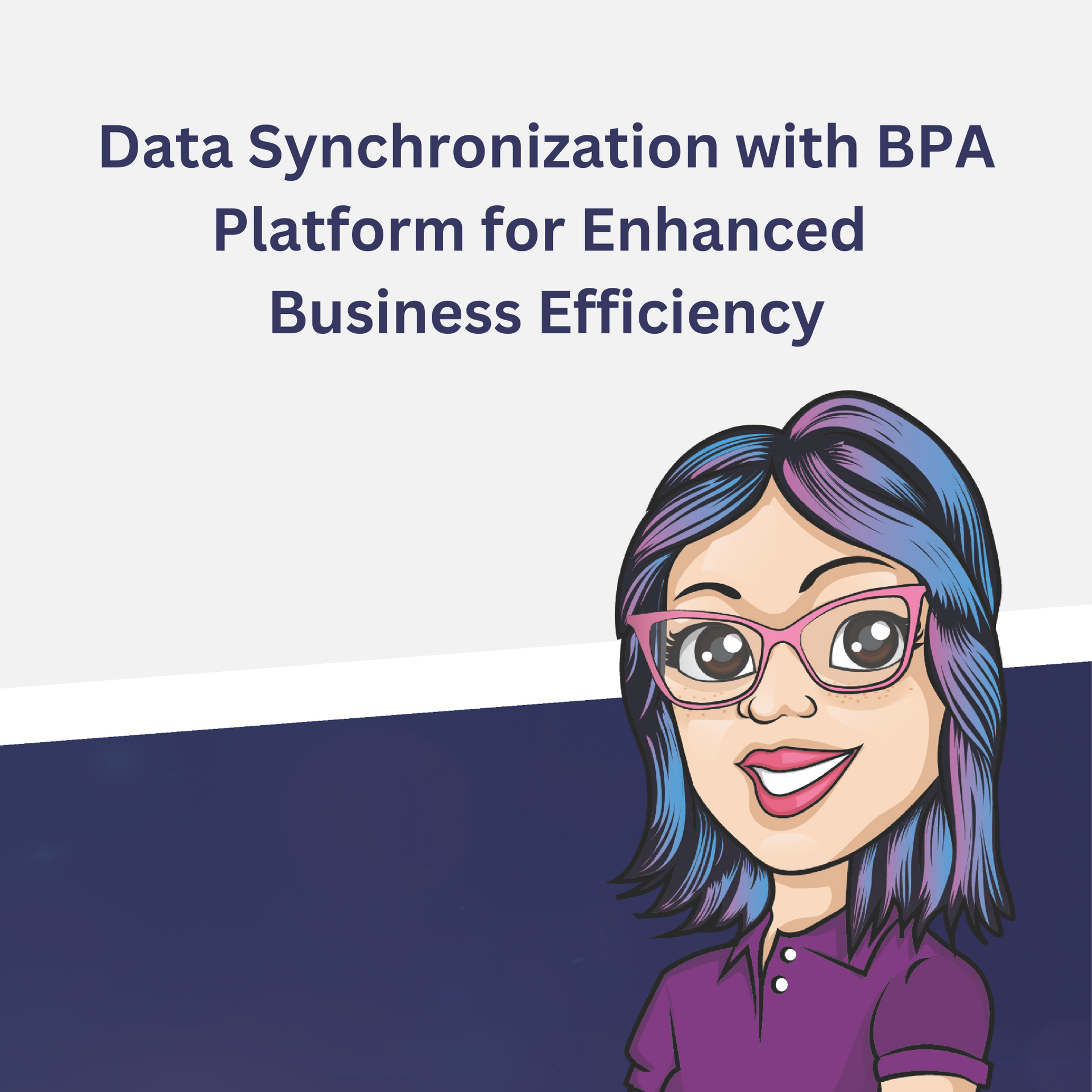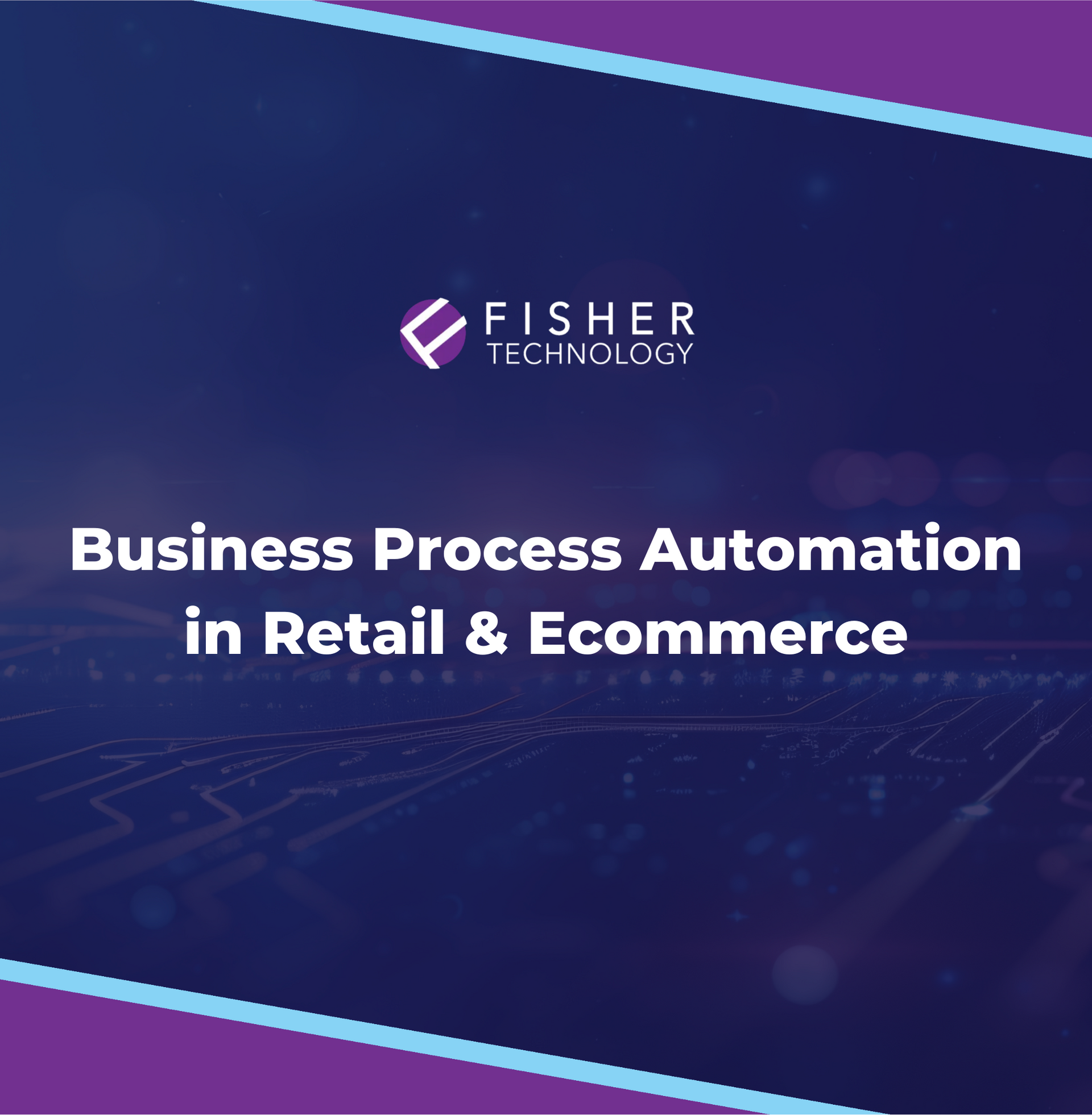Automated ERP Integration with BPA Platform
Enterprise Resource Planning (ERP) systems are deployed to consolidate diverse business processes, such as finance, human resources and supply chain into a unified platform.
However, many businesses install and use multiple third-party applications and business systems to perform certain tasks or operations. ERP integration is therefore essential to facilitate real-time communication and data sharing between these systems and across departments, breaking down silos and enhancing collaboration.
In this article, we delve into the core concepts of ERP integration, exploring its significance in optimizing resource utilization, improving communication across departments, and providing real-time insights for informed decision-making.
What is an ERP System?
At its core, an ERP (Enterprise Resource Planning) system functions as a unified database that facilitates seamless communication and collaboration between different departments. This integrated approach eliminates data silos, where information is isolated within individual departments, leading to a more holistic view of organizational data. ERP systems are designed to break down traditional barriers, fostering collaboration and enhancing decision-making processes.
The architecture of an ERP system typically consists of modules, each catering to a specific business function. These modules can include finance and accounting, human resources, procurement, manufacturing, and some of them incorporate sales, and customer relationship management. The modules work in harmony, sharing a common database and ensuring consistency and accuracy of information across the organization.
One of the key features of an ERP system is its ability to automate and standardize business processes. By defining standardized processes within the system, organizations can ensure that operations are carried out consistently and in accordance with best practices. This standardization not only reduces the risk of errors but also enhances operational efficiency by minimizing manual intervention.
ERP systems often include reporting and analytics tools, allowing organizations to gain valuable insights into their performance. These tools enable the generation of real-time reports and dashboards, providing management with the information needed to make informed decisions. The ability to access up-to-date data empowers organizations to respond promptly to changing market conditions and make strategic adjustments as needed.
Using BPA Platform for ERP integration
One of the primary benefits of using BPA Platform for ERP integration is its ability to overcome the challenges posed by diverse IT landscapes. In many organizations, different departments may operate on specialized systems, each with its own data formats, protocols, and communication methods. BPA Platform acts as a unifying force, providing a common language and framework for these systems to interact seamlessly.
BPA Platform also enhances the agility of ERP systems by making it easier to adapt to evolving business requirements. As organizations grow or change their operational processes, it simplifies the integration of new applications. This flexibility is particularly valuable in dynamic business environments where the ability to quickly incorporate new technologies or respond to market trends is essential.
Unlock the Full Potential of Your ERP System with BPA Platform!
As organizations continue to embrace digital transformation, integration platforms remain a key enabler for successful ERP integration, promoting collaboration, efficiency and innovation across the enterprise.
If you’re ready to take your ERP system integration to the next level, Fisher Technology is here to help. Reach out to us today to learn how we can assist in optimizing your ERP integration with BPA Platform for maximum efficiency and business success.



WE'LL PROVIDE THE RIGHT SOLUTION FOR YOU
We'll help you find the tech talent you need, so you can focus on running your business.
WE'LL PROVIDE THE RIGHT SOLUTION FOR YOU

We'll help you find the solution you need, so you can focus on running your business.
All Rights Reserved | Fisher Technology, LLC
